Wooden Outdoor Furniture: 3+ Tips for Choosing the Right Types
When choosing the right type of wooden outdoor furniture, there are a few key factors to consider, such as durability, resistance to weather and pests, and aesthetic appeal. Here are some tips from Eco Tech to help you choose the right type of wood for your outdoor furniture needs:
1. Consider the climate
When selecting the appropriate wooden outdoor furniture, it is crucial to consider the climate of your region. The climate plays a significant role in determining the durability and longevity of the wood. If you reside in a humid or wet climate, it is essential to choose a wood species that is naturally resistant to moisture and decay. Examples of such woods include teak, cedar, and redwood. These woods have inherent properties that allow them to withstand the constant exposure to moisture without deteriorating or rotting.

Conversely, if you live in a dry climate with intense sun and high temperatures, it is important to select wooden outdoor furniture that can withstand these harsh conditions. Exposure to direct sunlight and extreme heat can cause some woods to crack, warp, or fade over time. In such climates, woods like oak or eucalyptus are popular choices for outdoor furniture. These woods have the ability to endure prolonged sun exposure and retain their structural integrity.
By considering the climate of your region, you can choose wooden outdoor furniture that is best suited to withstand the environmental conditions it will be exposed to. This ensures that your outdoor furniture remains durable, retains its aesthetic appeal, and requires minimal maintenance over time.
2. Look for natural resistance
In addition to considering the climate, it’s important to look for wooden outdoor furniture that exhibit natural resistance to weather and pests. Certain types of wood possess inherent qualities that make them well-suited for outdoor furniture. Teak, for instance, is renowned for its exceptional natural resistance to water, insects, and decay.
This makes it a highly desirable choice for outdoor furniture that will be exposed to the elements. Teak’s natural oils and dense grain structure contribute to its durability and ability to withstand moisture without rotting or warping.
Cedar and redwood are also highly regarded for their natural resistance to rot and decay. These woods contain natural oils and resins that act as a protective barrier against moisture, insects, and fungi. Their inherent durability and resistance to decay make them popular choices for outdoor furniture that will be subjected to constant exposure to moisture and varying weather conditions.
By opting for wooden outdoor furniture with natural resistance to weather and pests, you can ensure that your outdoor furniture maintains its structural integrity and appearance over time. These types of wood not only provide enhanced longevity but also reduce the need for frequent maintenance and treatments to protect against deterioration.
3. Consider the maintenance
Another essential factor to consider when choosing the right type of wooden outdoor furniture is the maintenance required. While certain woods may offer excellent natural resistance to weather and pests, they may also require specific care and maintenance to prolong their lifespan and appearance.
Some wooden outdoor furniture, such as teak and cedar, have natural oils and resins that help protect them from moisture, insects, and decay. However, these oils may gradually fade over time when exposed to the elements. To maintain the natural beauty and durability of these woods, regular maintenance is recommended. This may involve applying protective finishes, such as teak oil or sealants, to replenish the wood’s natural oils and shield it from UV rays and moisture.
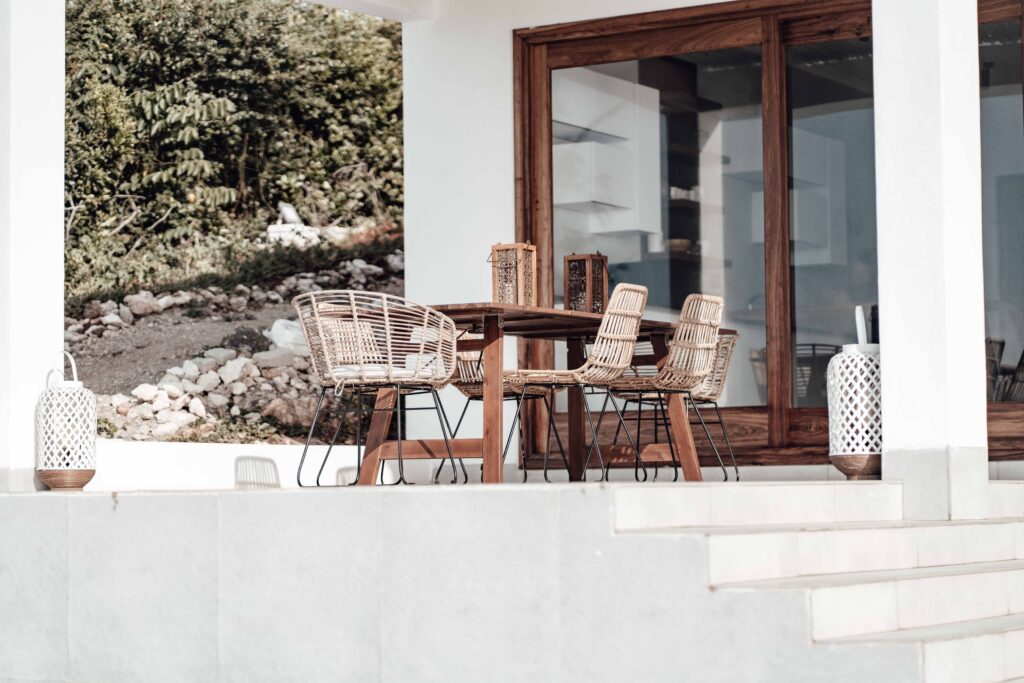
Other wood species, such as oak or eucalyptus, may not possess the same level of natural resistance as teak or cedar. These woods may require more frequent maintenance to prevent deterioration. Regular cleaning, sanding, and application of protective finishes can help maintain their appearance and protect them from the effects of sun, rain, and other environmental factors.
Considering the maintenance requirements of different wooden outdoor furniture is essential to ensure that you choose a type of wood that aligns with your willingness and ability to provide the necessary care. If you prefer low-maintenance options, it’s advisable to select woods that have inherent resistance to weather and pests and require minimal upkeep. On the other hand, if you’re willing to invest time and effort into regular maintenance, you may have more flexibility in choosing a wider range of wood species.
Taking maintenance into account as part of your decision-making process will help you select the right type of wood for your outdoor furniture that suits your preferences, budget, and available resources for upkeep.
4. Think about the color
The color of the wooden outdoor furniture is also an important consideration when choosing them. Some types of wood, such as teak and cedar, have a natural golden or reddish-brown color that can add warmth and character to your outdoor space. Other types of wood, such as oak and eucalyptus, have a lighter color and can be stained or painted to match your outdoor décor.
Wood naturally comes in a variety of colors, ranging from light tones like blonde or honey to darker shades like rich browns or reddish hues.
Consider the existing color scheme of your outdoor area and determine whether you want the wood to blend in or stand out as a focal point. Lighter-colored woods, such as teak or pine, can create a bright and airy atmosphere, making them suitable for spaces with a modern or coastal vibe. On the other hand, darker woods like mahogany or walnut can add warmth and richness to traditional or rustic settings.
It’s worth noting that the color of wooden outdoor furniture can change over time as it is exposed to sunlight and weather conditions. Some woods may naturally gray or silver with age, while others may darken or develop a patina. If you prefer to maintain the original color of the wood, you may need to apply protective coatings or finishes that offer UV protection to minimize color fading.
Additionally, it’s essential to consider the maintenance required to preserve the wood’s color. Some woods may require periodic staining or sealing to keep their original color vibrant and prevent discoloration from UV rays. Others may be more forgiving and develop an attractive weathered look over time.
5. Consider the cost
Finally, it’s important to consider the cost of wooden outdoor furniture. Some types of wood, such as teak and cedar, are more expensive than other types of wood, such as pine or spruce. However, the cost may be worth it if you’re looking for durable, long-lasting outdoor furniture that will withstand the elements and provide years of use and enjoyment.
Final Verdict
In conclusion, choosing the right type of wooden outdoor furniture requires careful consideration of various factors, including climate, natural resistance, maintenance, color, and cost. By choosing the right wood for your needs, you can ensure that your outdoor furniture is durable, functional, and beautiful and will provide years of enjoyment in your outdoor space.


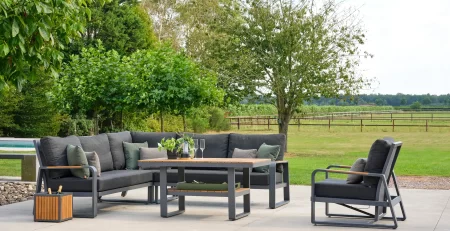

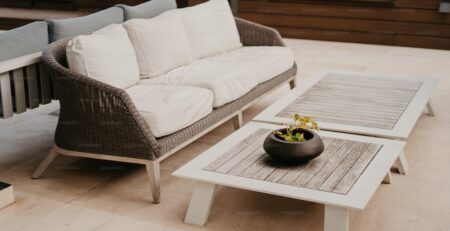
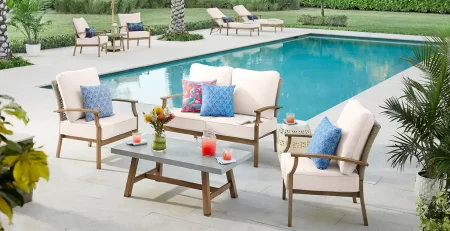

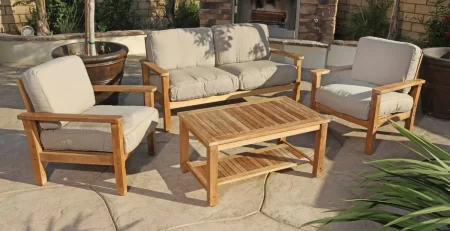

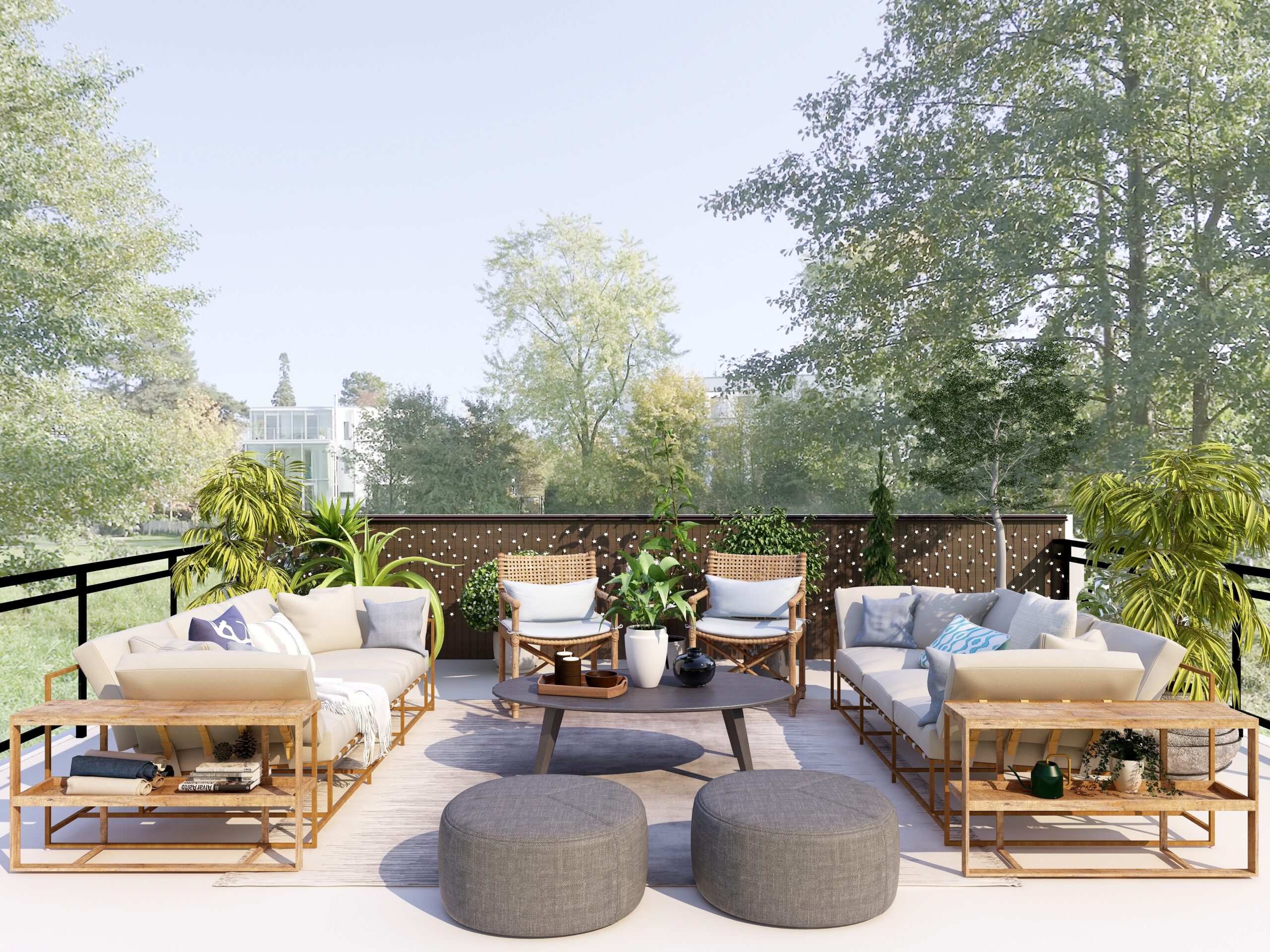
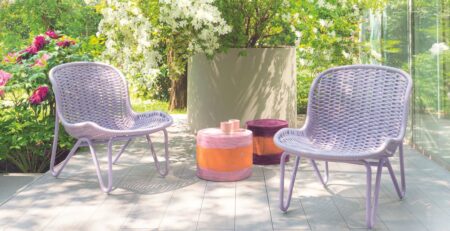
Leave a Reply